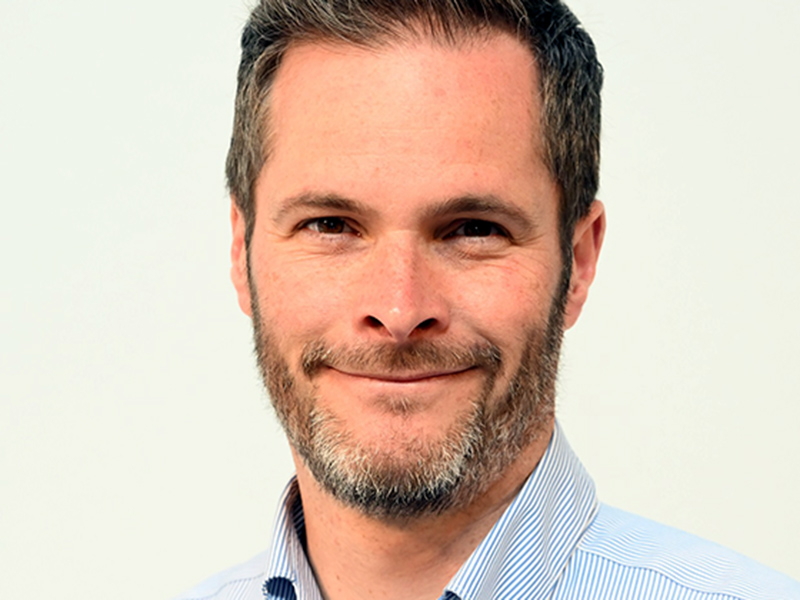Chris Jamieson on using debt products constructively
Against a backdrop of funding cuts, rising overheads and other economic pressures, financial sustainability continues to be the main ambition of charities, social enterprises, and non-profits to support their success.
As we approach a new tax year, it is a great time to think about revenue streams, income sources and costs for the next 12 months.
Delivering impact and addressing social need – whether that is location-based, focused on underrepresented groups, or encouraging access to sport and the arts – inevitably requires funding.
However, for some, we know that this is becoming more challenging than ever, often leaving third sector organisations struggling with funding gaps that threaten their ability to continue working within the community.
Traditional fundraising and grant cycles can be unpredictable, creating difficulties in terms of planning and timelines. While some action is being taken to address this through initiatives such as the Scottish Government’s Fairer Funding pilot for multi-year funding, there are still a range of uncertainties.
For those that win grant funding, it may not always be the smooth sailing they anticipate. Often grant money is awarded retrospectively, meaning an upfront spend on a project that will be later reimbursed. For social enterprises and charities, the prospect of significant expenditure can cause further headaches.
That is where a bridging loan may come in. Designed to ‘bridge the gap’ in funding, they are an often-overlooked financial tool that can provide a degree of flexibility where need-ed to navigate these funding challenges.
For example, it can help with payroll while waiting for a grant, help to secure a property for community use or support the launch of a new initiative or product ahead of committed funding. The turnaround can be as short as one day, providing a short-term solution and quick access to capital and avoid projects stalling or even coming to a halt when cash is otherwise tight.
In 2024, Social Investment Scotland (SIS) supported a record number of organisations with this type of finance. The number of bridging loans agreed doubled in 2024, compared to the previous year, and overall the portfolio has increased by over £1 million in recent years. The growth in popularity demonstrates a shift, as more charities and social enterprises begin to see debt finance as a key business fundamental to help achieve their goals.
Findhorn Foundation Trust was among the social enterprises we supported with a bridging loan in 2024. Since the 1970s, the trust has supported a growing community ecovillage on the Moray coast (pictured), developing a global reputation for its work. However, unprecedented challenges during the pandemic necessitated significant changes to its operations and strategy. To aid liquidity during this transition, SIS supported the organisation with £705,000 funding to bridge the gap until a number of property sales were completed.
Taking a degree of financial caution when borrowing money in any way is essential. However, debt products can be a powerful tool when used strategically, enabling organisations to seize opportunities and ensure that the delivery of impact is not delayed unnecessarily.
A bridging loan may not be the answer to all challenges, but it is a useful tool in the financial toolbox that Scotland’s third sector is already benefitting from.
Chris Jamieson is head of investments at Social Investment Scotland (SIS).







